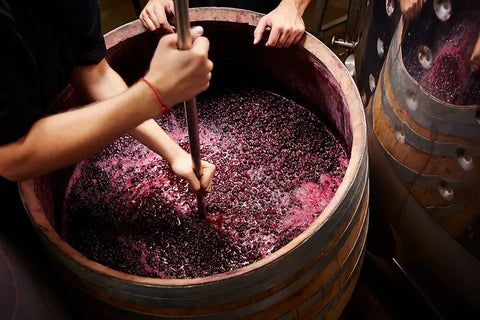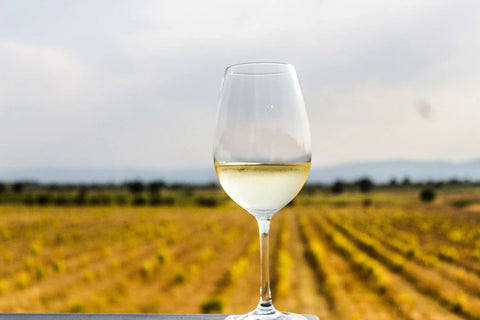Wine: A Complete Guide for Beginners to Experts
Understanding wine doesn't have to be intimidating. Whether you're just starting your wine journey or looking to deepen your knowledge, this comprehensive guide will help you appreciate the complexities and joys of wine.
What is Wine?
At its core, wine is fermented grape juice. However, the magic lies in how different grape varieties, regions, and winemaking techniques create endless possibilities. Wine can be:
- Still or sparkling
- Red, white, or rosé
- Dry to sweet
- Light to full-bodied
- Young or aged
Main Wine Types
Red Wine
Made from red or black grapes fermented with their skins, red wines range from light and fruity to rich and powerful. Popular varieties include:
- Shiraz/Syrah
- Cabernet Sauvignon
- Pinot Noir
- Merlot
- Grenache
White Wine
Produced from white grapes or red grapes without skin contact, white wines offer fresh, crisp flavors to rich, complex styles:
- Chardonnay
- Sauvignon Blanc
- Riesling
- Pinot Grigio
- Semillon
Rosé Wine
Created using red grapes with limited skin contact, rosé wines combine red wine character with white wine freshness. Styles include:
- Provence-style (light and dry)
- New World (fruit-forward)
- Sparkling rosé
- Blush wines
- Dark rosés
How to Taste Wine
The Five S's
- See: Observe the colour and clarity
- Swirl: Release the aromas
- Smell: Identify the bouquet
- Sip: Take in the flavors
- Savour: Consider the finish
What to Look For
Appearance:
- Color intensity
- Clarity
- Viscosity
- Age indicators
- Bubbles (if sparkling)
Aroma:
- Fruit characteristics
- Floral notes
- Spice elements
- Oak influence
- Secondary aromas
Palate:
- Sweetness level
- Acidity
- Tannin structure
- Body weight
- Alcohol level
Food and Wine Pairing
Basic Principles
- Match weight with weight
- Consider flavour intensity
- Balance acidity
- Complement or contrast
- Regional pairings work
Classic Combinations
Red Wine:
- Cabernet with steak
- Pinot Noir with duck
- Shiraz with lamb
- Merlot with pasta
- Grenache with grilled meats
White Wine:
- Chardonnay with chicken
- Riesling with spicy food
- Sauvignon Blanc with seafood
- Pinot Grigio with light pasta
- Viognier with soft cheese
Wine Storage
Essential Conditions
- Consistent temperature (12-14°C)
- Humidity control (60-70%)
- Darkness
- Minimal vibration
- Proper orientation
Storage Tips
- Store bottles horizontally
- Avoid temperature fluctuations
- Keep away from light
- Maintain proper humidity
- Consider storage duration
Wine Service
Serving Temperatures
Red Wines:
- Light reds: 14-16°C
- Medium reds: 16-18°C
- Full-bodied reds: 18-20°C
White Wines:
- Light whites: 6-8°C
- Full-bodied whites: 10-12°C
- Sparkling wines: 6-8°C
Glassware Selection
Different wines benefit from specific glass shapes:
- Red wine: Large bowl for aeration
- White wine: Smaller bowl to preserve aromas
- Sparkling: Flute or tulip shape
- Dessert wine: Small portions
- Universal glasses for versatility
Wine Buying Tips
What to Consider
- Occasion
- Food pairing
- Personal preferences
- Storage capacity
- Budget
Where to Buy
- Wine shops
- Cellar doors
- Online retailers
- Auction houses
- Direct from wineries
Visit Our Cellar Door for the best wine deals
Understanding wine enhances your enjoyment of every glass. Whether you're a novice or enthusiast, there's always something new to discover in the world of wine.




Comments (0)
There are no comments for this article. Be the first one to leave a message!